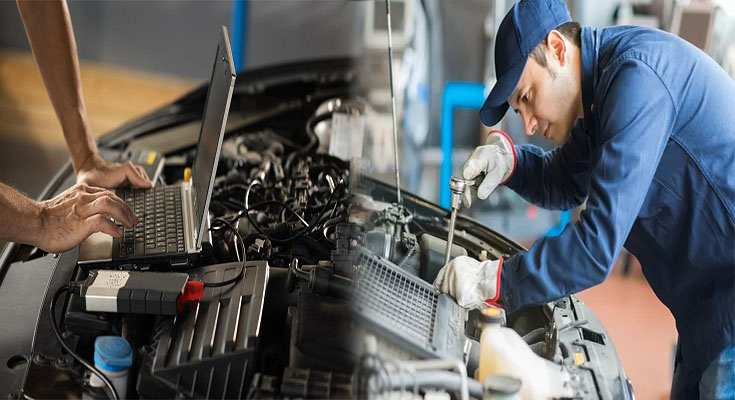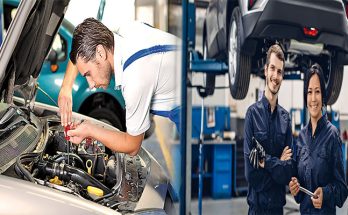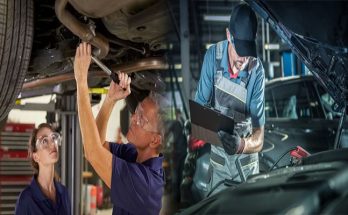When your vehicle starts experiencing problems, it’s time to visit an automobile mechanic who can diagnose and fix the issue. Modern vehicles are complex machines with sophisticated systems that require specialized diagnostic techniques to identify problems accurately. Skilled mechanics employ a variety of diagnostic techniques to pinpoint the cause of automotive issues. Here are some of the common diagnostic techniques used by automobile mechanics:
Visual Inspection
The first step in diagnosing a problem is often a visual inspection. Automobile mechanics visually inspect the vehicle’s components, such as belts, hoses, wires, and connectors, to identify any visible signs of damage or wear. This initial inspection can often reveal obvious issues that may provide clues to the underlying problem.
Computerized Diagnostic Scanning
Most modern vehicles are equipped with an on-board computer system that continuously monitors various sensors and systems. When a problem occurs, the computer generates fault codes, which can be read using a diagnostic scanner. Mechanics use computerized diagnostic scanning tools to retrieve these fault codes, providing valuable information about the specific areas of the vehicle that require attention.
On-Board Diagnostics (OBD)
On-Board Diagnostics is a system that monitors the performance of the vehicle’s major systems, including the engine, transmission, and emission control system. Mechanics use specialized diagnostic tools to access and interpret data from the OBD system. This technique allows them to identify potential issues, monitor sensor readings, and perform tests to isolate the root cause of the problem.
Multimeter Testing
A multimeter is a versatile tool used in automotive diagnostics. It measures electrical voltage, current, and resistance, helping mechanics assess the health of electrical circuits and components. By connecting the multimeter to various points in the vehicle’s electrical system, mechanics can determine if there are any electrical problems, such as faulty wiring, blown fuses, or failed sensors.
Pressure and Vacuum Testing
Engines and various systems in a vehicle rely on a proper balance of pressure and vacuum. Mechanics use specialized gauges and testing equipment to measure pressure and vacuum levels in different parts of the vehicle. This technique helps identify issues like vacuum leaks, fuel pressure problems, or malfunctions in the cooling system.
Test Driving
Some problems may only become apparent during actual driving conditions. Mechanics conduct test drives to observe how the vehicle behaves under different circumstances. They pay attention to factors like engine performance, braking, steering, suspension, and transmission behavior. This hands-on approach often helps mechanics uncover issues that may not have been apparent during static inspections.
These are just a few of the common diagnostic techniques employed by automobile mechanics. Each technique requires expertise and experience to effectively diagnose and rectify vehicle issues. By utilizing a combination of these techniques, mechanics are able to accurately identify problems and provide efficient repairs, ensuring that your vehicle is back on the road in optimal condition.





